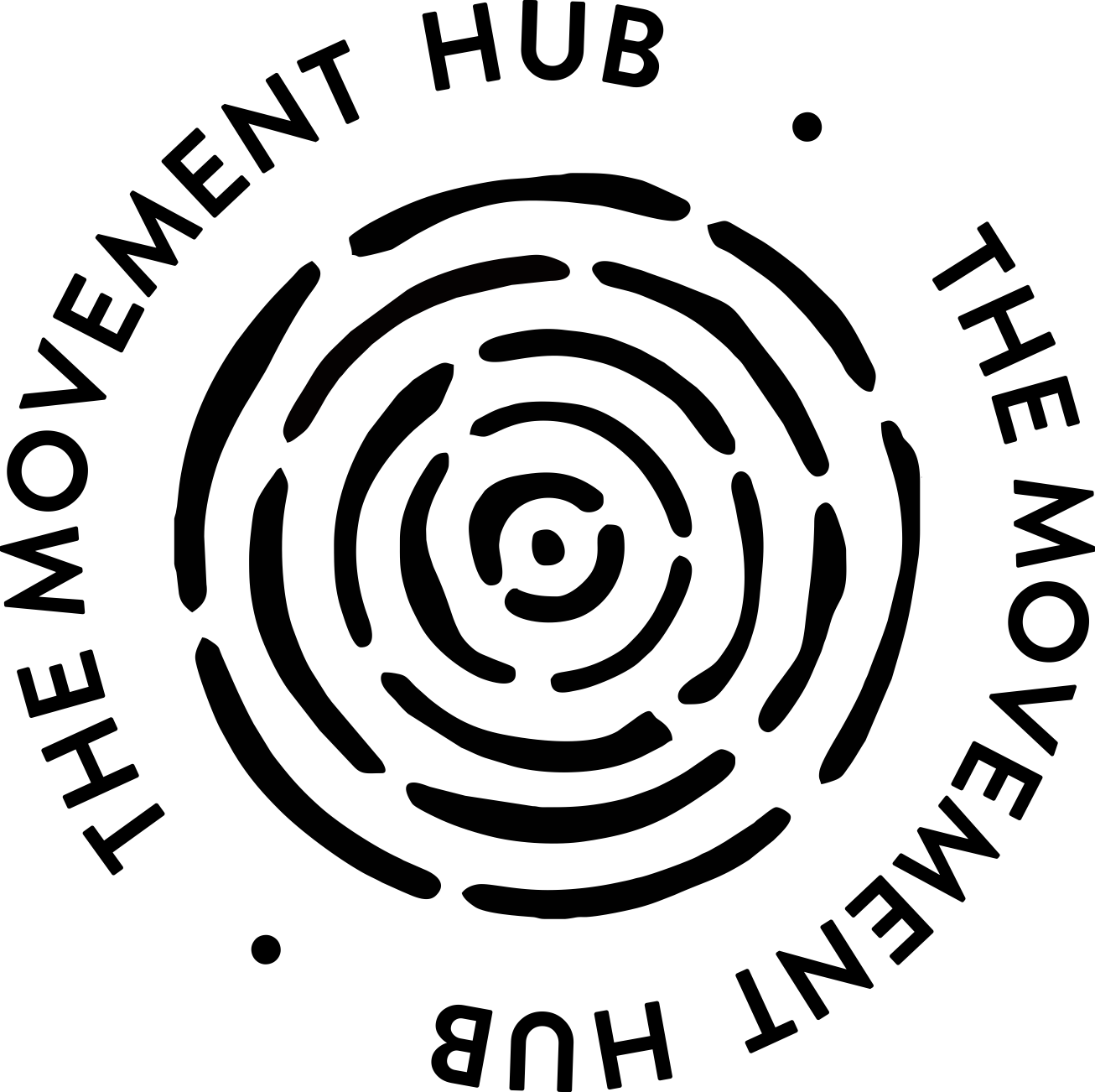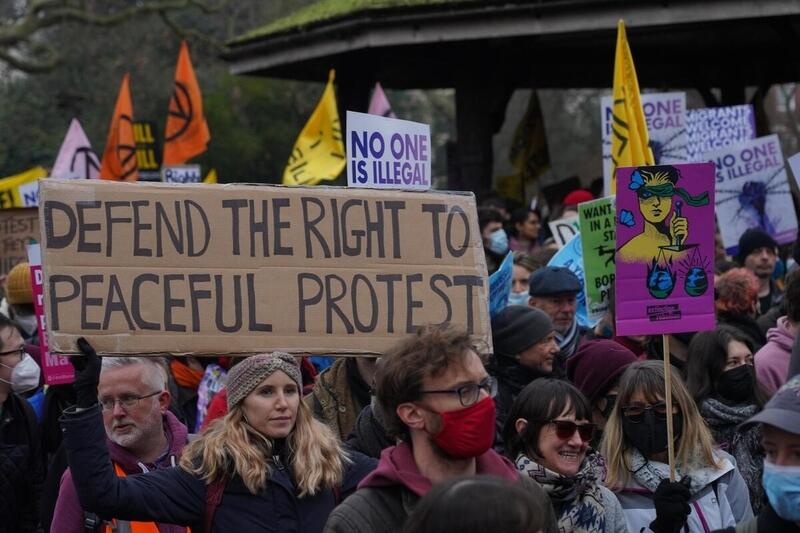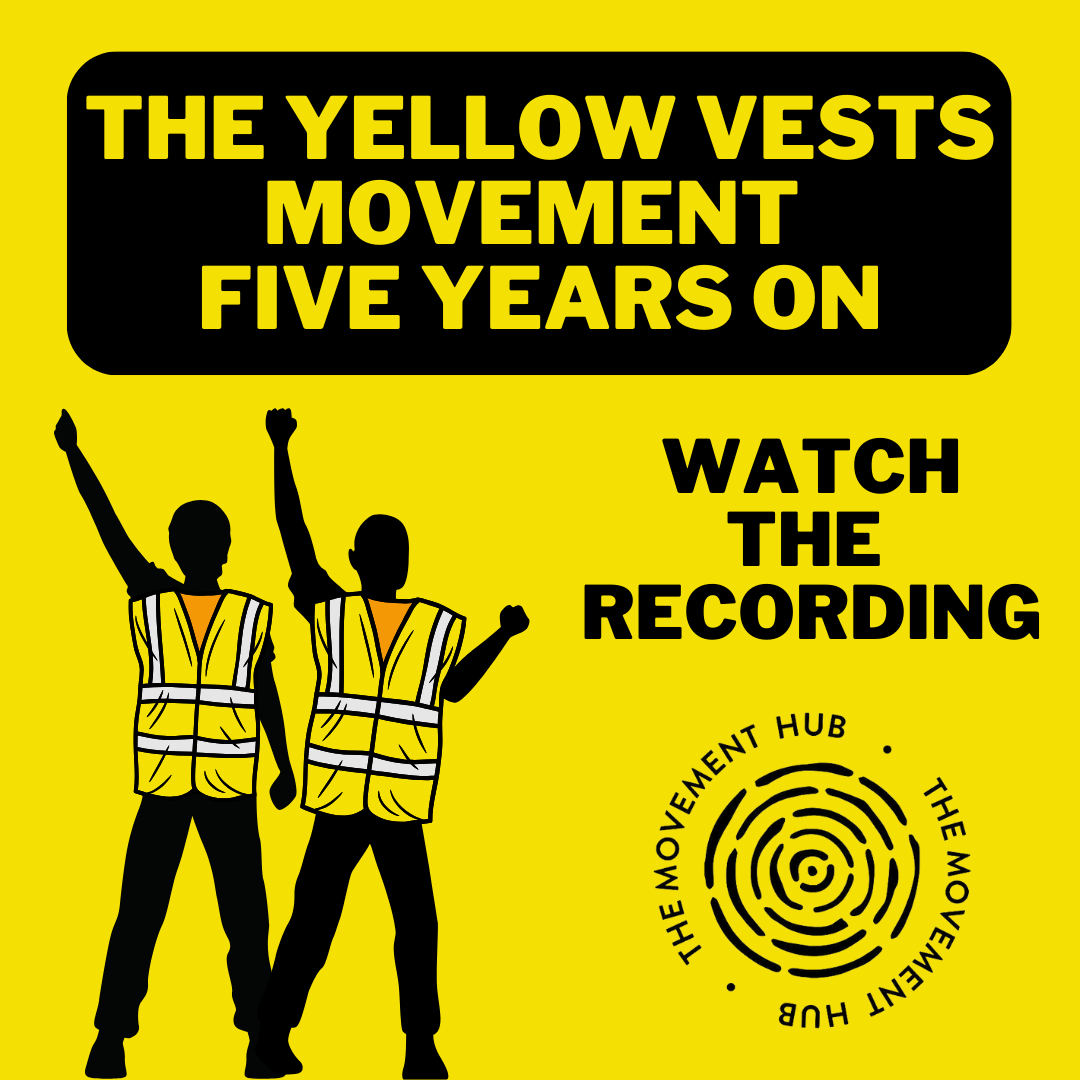
FOLLOW THROUGH
When the march ends your work begins! Follow it up with a press release and make sure to get the attendees to follow you on social media to be ready for the next step in your campaign!
Taking to the streets to make your voice heard is a classic, but like all classics there is always the risk of people getting sick of them. Governments and companies know how to deal with them and media might think it’s an old story. Let’s agree that we will have no more marches where everyone is quiet, dressed in dark coats, standing in the rain, listening to one person on a shitty megaphone. That doesn’t mean we give up on the classics, but we need to remix them to suit our times.
Demonstrations and marches can come in many different forms and setups but the most successful ones are creative and vibrant. It doesn’t mean they are not deadly serious, but that they use new ways to send their message to break through the noise the modern news cycle. The following steps are good to think about but don’t be afraid to try something new!
- Location, Location, Location. The location helps you to tell your story. Maybe you rally outside the headquarters of that polluting company or march from the justice department to the agency accused of corruption. Figure out if you need a permit, this varies from country to country.
- Timing is everything. Do you want to do it on a Saturday when as many as possible can show up? Or maybe do it during a weekday lunch to interrupt business as usual? Pick the date, publish and spread the event online, offline and in the media.
- Clear message! For people passing by and in every photo that is taken it needs to be clear what you are asking for. Use simple banners and clear, concise messages to make sure you can’t be mistaken for the football fans next door. Create catchy chants and songs! In some countries, chants are associated with the far-right or football hooligans, in which case get creative! It doesn’t take long to teach a simple song to a crowd.
- Speeches, are they really necessary? Remember that if people show up, they already agree with you! Most of them will know what’s going on beforehand so don’t waste their time. If you have speeches make them short, exciting, and powerful! If you want passers by to know more, hand out leaflets.
- Find allies! Take a moment to consider which groups are affected by the issue that you are protesting about and reach out to them. Invite them to participate actively in organizing the demonstration and call their members to participate as well.
- Build a team: Recruit volunteers for security in traffic. Find technicians who can handle the speakers soundsystem. Find artists willing to put their talents to good use! Give people an opportunity to participate and you will be surprised how many will support you!
- Be Safe: If you suspect there may be sources of tension or violence, make sure you have a team of people trained in de-escalating tension. Their job is to intervene non-violently against possible threats, like aggressive counter-protestors, panic, or even physical violence. It would be ideal to also have a few people trained in first aid in the case of injuries, potential tear gas use or just dehydration.
- Be creative. A march with lots of people might make the news but a small march with interesting and creative features can grab attention! Think about including live music, art, theater, catchy messages and banners, costumes, face painting or if you’re feeling very ambitious all of the above. Make the art a reflection of the issue you are protesting for.




